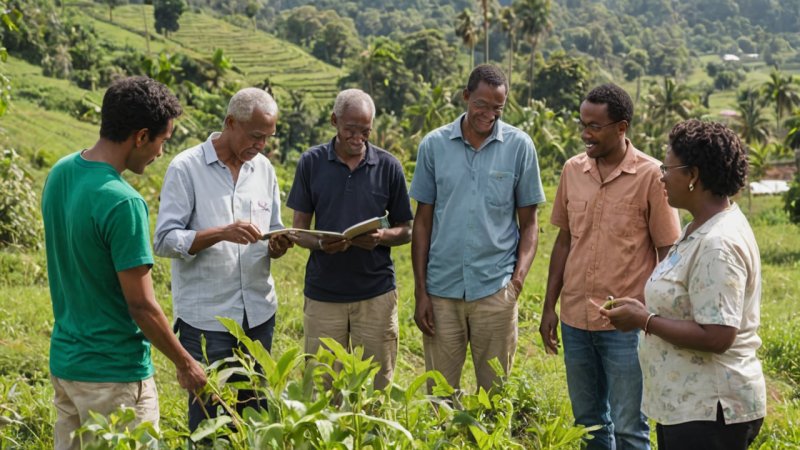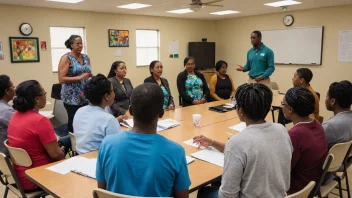Creating sustainable development programs for small communities is essential for fostering growth and resilience. These programs aim to address local needs while ensuring environmental protection and social equity. Below are some frequently asked questions that provide insights into the process and considerations involved in developing such initiatives.
What are the key components of a sustainable development program?
A sustainable development program should include the following components:
- Community Engagement: Involve local residents in decision-making processes.
- Needs Assessment: Conduct surveys and research to understand the community's specific needs.
- Environmental Considerations: Ensure that the program respects and protects local ecosystems.
- Economic Viability: Develop programs that promote local economic growth and job creation.
- Education and Training: Provide opportunities for community members to gain new skills and knowledge.
How can we assess the needs of a community?
Assessing the needs of a community involves several steps:
- Conduct Surveys: Create questionnaires to gather input from community members.
- Hold Focus Groups: Facilitate discussions with various community stakeholders.
- Analyze Existing Data: Review demographic and socioeconomic data to identify trends.
- Engage Local Leaders: Collaborate with community leaders to understand pressing issues.
What role does education play in sustainable development?
Education is crucial for sustainable development as it:
- Empowers individuals with knowledge and skills.
- Promotes awareness about sustainability and environmental issues.
- Encourages community participation in development initiatives.
- Fosters innovation and problem-solving capabilities.
How can we ensure community participation in development programs?
To promote community participation, consider the following strategies:
- Transparent Communication: Keep community members informed about program goals and progress.
- Inclusive Planning: Involve diverse groups in the planning process to represent different interests.
- Feedback Mechanisms: Establish channels for community members to provide input and feedback.
- Empower Local Leaders: Support local leaders to take ownership of initiatives.
What are some examples of successful sustainable development programs?
Several successful programs illustrate effective sustainable development:
- Microfinance Initiatives: Programs that provide small loans to individuals to start local businesses.
- Community Gardens: Projects that promote local food production while enhancing community cohesion.
- Renewable Energy Projects: Initiatives that install solar panels in underserved areas to reduce energy costs.
- Literacy Programs: Efforts aimed at improving literacy rates, enabling better job opportunities.
How can individuals contribute to sustainable development in their communities?
Individuals can make a difference by:
- Volunteering: Offer time and skills to local organizations working on development projects.
- Advocating: Raise awareness about local issues and support sustainable policies.
- Educating Others: Share knowledge about sustainability practices within the community.
- Supporting Local Initiatives: Participate in or donate to local programs focused on development.
What challenges might we face when implementing sustainable development programs?
Challenges include:
- Lack of Funding: Securing financial resources can be difficult for many initiatives.
- Community Resistance: Some individuals may be hesitant to change established practices.
- Limited Expertise: Local organizations may lack the necessary skills to execute complex programs.
- Environmental Constraints: Natural disasters or climate change can impact sustainability efforts.
In conclusion, creating sustainable development programs for small communities requires careful planning, community involvement, and a focus on education and environmental stewardship. By addressing local needs and fostering collaboration, we can work towards a more equitable and sustainable future.






